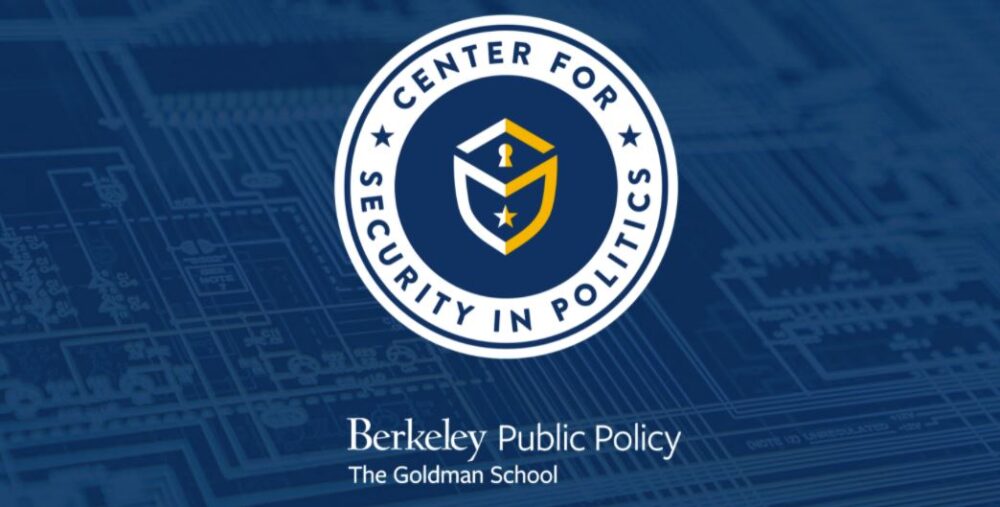The Center for Security in Politics (CSP) announced the formation of a new working group to rigorously assess the risks and opportunities associated with digital remote voting. The group will determine the feasibility of technical and implementation standards that would enable the safe and secure remote return of digital ballots, develop those standards, and, where possible, outline the technologies necessary to meet the standards. As part of CSP’s mission to address critical global risks and public policy problems and create actionable solutions for policymakers, the working group will focus on evaluating new methods to make voting more accessible, resilient, and secure for all Americans.
The group will consist of academic researchers, election administrators, cryptographers, and cybersecurity and election security experts. The first meeting took place on August 31, 2021.
“How people think about – and participate – in voting is changing,” said Professor Janet Napolitano, founder and faculty director for the Center for Security in Politics at UC Berkeley. “We cannot turn a blind eye to the lessons of the 2020 election or overlook the voters who face inherent barriers to voting. We need academically rigorous, evidence-based standards that will guide the development of safe and secure remote balloting technology.”
Recent advances in technology present a historic opportunity to explore new voting methods that could expand the ease and accessibility of voting. The 2020 presidential election cycle made clear that voters need multiple options to cast their ballots, especially those who are displaced during a natural disaster, serving in the military, or unable to independently mark their ballot. Remote digital voting could address these barriers and expand accessibility to new voters.
Digital remote voting comes with its own set of challenges, including voter and device authentication and vote verification. The group will study best practices from other countries and analyze the risks, rewards and trade-offs. Digital remote voting is already available in some form to military and overseas voters in 31 states and to disabled voters in 8 states, but there are currently no national standards for security and to protect the anonymity of voters’ ballots. Over 330 jurisdictions in 8 states used mobile voting in 2020 during the November federal election.
“The last few years have publicly highlighted what election officials have long known: there are risks in administering elections that must be carefully managed,” said group convener Mike Garcia, a cybersecurity expert who previously ran digital identity at the National Institute of Standards and Technology and has been working with states and localities on election security since 2017. “As technology changes, we must continually reassess opportunities to keep voting not only safe, secure, and resilient, but also accessible for all Americans. Unexpected circumstances will always arise and the 2020 election cycle made clear our need for multiple voting options to enfranchise everyone. We need to make it possible for more people to vote, with a lower burden to them, without increasing risk.”
“There’s been a lot of noise around technologies relating to digital remote voting, both from vendors wanting to sell such technologies, and from cybersecurity experts who almost universally oppose them,” says Jeremy Epstein, an expert in voting security. “Very little of the debates have been understandable to policymakers. Having a report from a balanced group of experts can help inform the discussion, and importantly give guidance to election officials who are frequently caught in the middle, unsure of what is the ‘least dangerous’ path forward. My hope is that this group can provide guidance on what can and should be done now, and what needs to be done in terms of research and development to enable other options for the future.”
“There is no one approach to voting that works for everyone in the country,” said Garcia. “Moreover, no individual should forfeit their right to vote because they are suddenly called to fight a wildfire or serve overseas on Election Day. Officials’ experience enables them to successfully manage risk with mail-in ballots and in-person voting, but the relative newness and technical nature of digital ballot return demands a focused effort. Digital remote voting is already happening. Now is the time to properly scope its use and provide unbiased guidance on managing risk to ensure it is secure, resilient, and accessible.”







